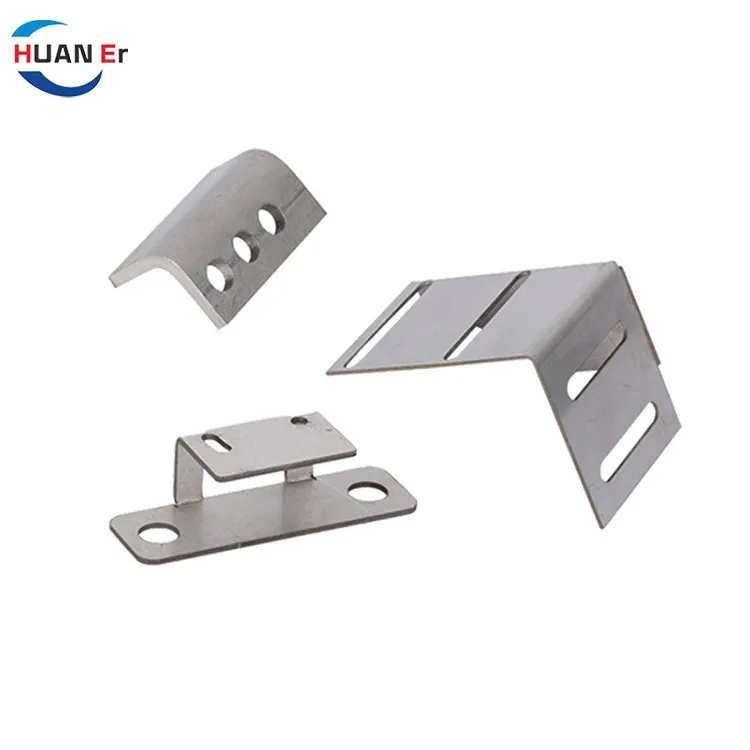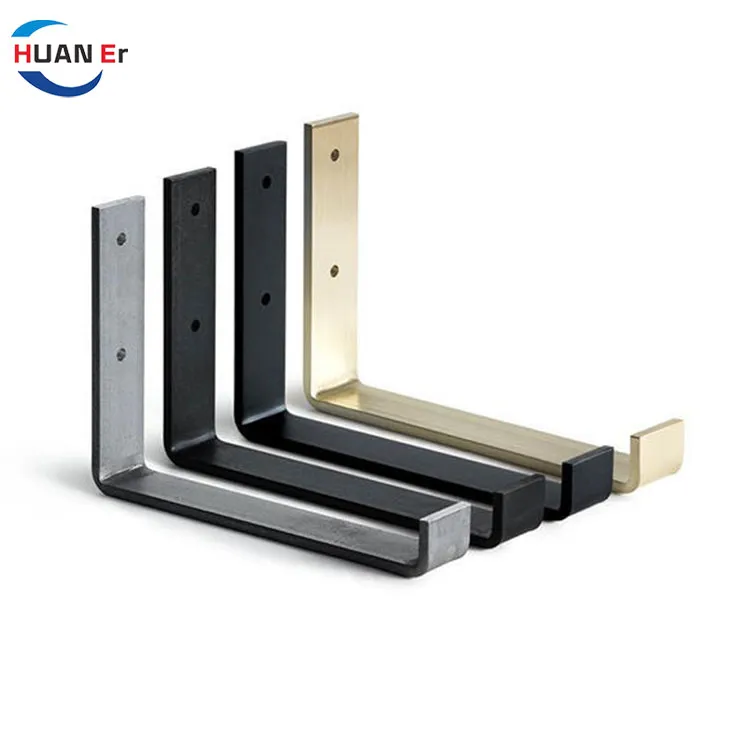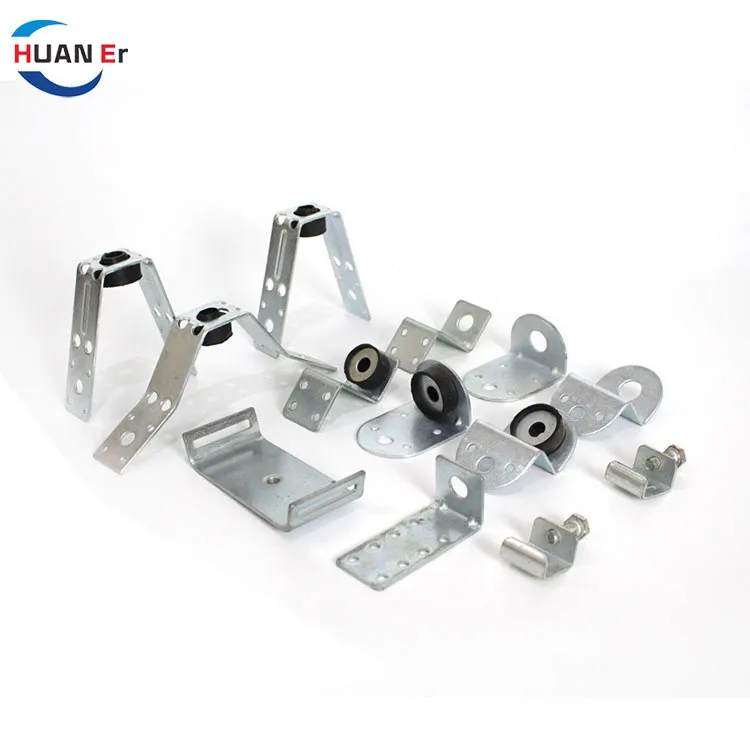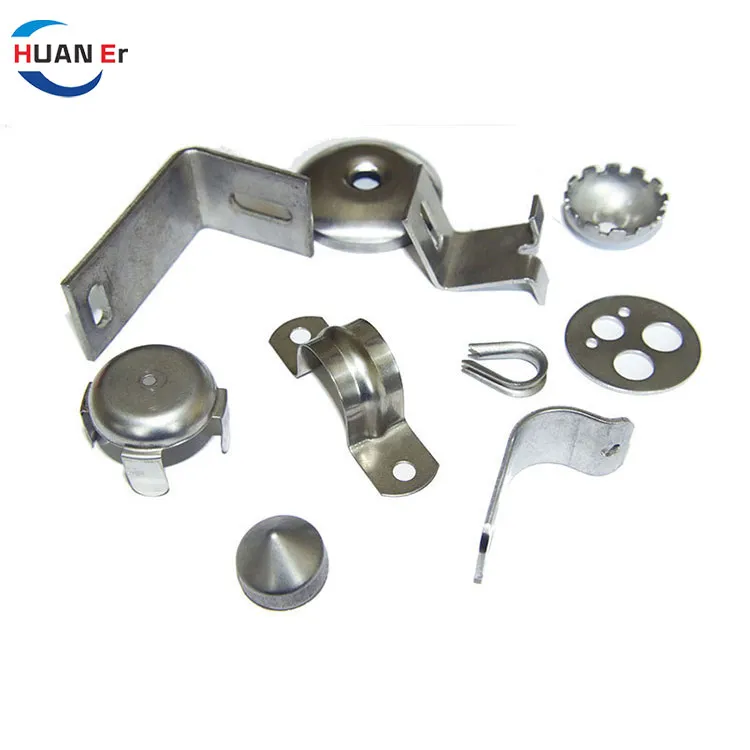How to Choose the Right Material for Sheet Metal Parts?
2024-11-23
In the manufacturing industry, sheet metal parts play a vital role in a variety of applications, from automotive components to electronic housings. Choosing the right material for these parts is critical to ensuring durability, functionality, and cost-effectiveness.
Contents
Understand the application requirements
Consider the manufacturing process
Evaluate sustainability and environmental impact
Common sheet metal materials and their properties

Understand the application requirements
The first step in selecting the right material is to thoroughly understand the application requirements. Consider factors such as the function of the part, the expected loads, environmental conditions, and any specific regulations or standards that must be met. For example, parts exposed to high temperatures may require a material with excellent heat resistance, while parts exposed to corrosive environments may require corrosion-resistant alloys.

Use environment
Choose the right material based on the environment in which the sheet metal will be used. For example, if the sheet metal will be exposed to moisture or corrosive environments, choose materials with good corrosion resistance such as stainless steel, aluminum, or galvanized steel; in high-temperature environments, choose alloy materials that can withstand high temperatures.

Evaluate material properties
Different materials have unique properties that can significantly affect the performance and service life of sheet metal parts. Key features to consider include:
Strength and durability: Look for materials that can withstand the pressure and loads required by the application. The strength requirements of sheet metal products depend on their application. For example, automotive parts or structural parts require high strength and rigidity, while some decorative or light-loaded products can choose lighter materials. You can judge its suitability by looking up the material's tensile strength, yield strength and other data.
Corrosion resistance: Materials such as stainless steel and aluminum alloys have excellent corrosion resistance and are suitable for outdoor or humid environments.
Formability: If your part requires complex bending or forming, choose materials with good formability, such as brass and copper.
Weight: Lightweight materials such as aluminum and titanium can reduce the overall weight of the product, which is beneficial for improving fuel efficiency in automotive applications or ease of operation in other industries.
Cost: Consider the cost of the material, including procurement, processing and any recycling potential. The cost of the material directly affects the budget of the entire project. Under the premise of meeting performance requirements, choosing a material with high economic efficiency can effectively control production costs. Generally, low carbon steel has a relatively low cost, while some special alloys or stainless steels are more expensive. Balance cost and performance to ensure economic feasibility.

Consider the manufacturing process
The selected material must be compatible with the manufacturing process you plan to use, such as stamping, bending, welding, or machining. Generally speaking, low-carbon steel is widely used due to its good mechanical properties and processability, while some high-strength materials may be difficult to process, and some processes may require specialized equipment or technology. For example, stainless steel is difficult to weld due to its high chromium content, and aluminum is prone to wear during processing.

Common sheet metal materials and their characteristics
Cold rolled plate: Mainly used for parts electroplating and polishing, low cost, easy to form, material thickness is 0.2~4mm.
Hot rolled plate: Mainly used for flat parts, low cost, but difficult to form.
Galvanized sheet: Mainly used in automotive manufacturing, refrigerators, construction, ventilation and heating facilities, and furniture manufacturing. Aluminum sheet: Mainly used in home appliances and electronic product housings, with a higher cost. Stainless steel sheet: Has good corrosion resistance and is suitable for a variety of environments. Choosing the right material for sheet metal parts is a multifaceted process that requires careful consideration of application requirements, material properties, manufacturing processes, sustainability, and cost. By fully evaluating these factors and consulting experts, you can choose the material with the best performance, lowest cost, and least environmental impact. Ultimately, the right material choice will contribute to the success and life of your product, improve customer satisfaction, and market competitiveness.



